Differential modulation of AMPK/PPARα/UCP2 axis in relation to hypertension and aging in the brain, kidneys and heart of two closely related spontaneously hypertensive rat strains
- PMID: 26023797
- PMCID: PMC4662457
- DOI: 10.18632/oncotarget.4033
Differential modulation of AMPK/PPARα/UCP2 axis in relation to hypertension and aging in the brain, kidneys and heart of two closely related spontaneously hypertensive rat strains
Abstract
Objectives: We examined expression protein of AMPK/SIRT1/PGC1α/PhoxO3a/PPARα/UCP2 pathway in brain, kidneys and heart of stroke-prone spontaneously hypertensive rat (SHRSP) vs stroke-resistant SHR (SHRSR) at different weeks of age, up to one year, in order to test the hypothesis that abnormalities within this pathway could associate with higher susceptibility of SHRSP to develop hypertension-related vascular damage.
Background: SHRSP develops severe hypertension and related target organ damage. Marked reduction of uncoupling protein 2 (UCP2) expression upon high salt-low potassium diet associates with increased renal injury in SHRSP. UCP2 may represent a key mitochondrial protein involved in cardiovascular damage.
Results: At 2 months of age a significant down-regulation of UCP2 expression at both mRNA and protein levels was found, along with reduced protein expression of all components of UCP2 regulatory pathway, in tissues of SHRSP but not of SHRSR, that progressed with hypertension development and aging. A significant increase of both oxidative stress and inflammation was detected in tissues of SHRSP as a function of age. SBP levels were significantly higher in SHRSP than SHRSR at 3 months of age and thereafter. At one year of age, higher degree of renal damage, with proteinuria and severe glomerular and tubulo-interstitial fibrosis, of cerebral damage, with significant vessel extravasation and stroke occurrence, and of myocardial damage was detected in SHRSP than SHRSR.
Conclusions: The early significant reduced expression of the antioxidant AMPK/PPARα/UCP2 pathway that progressed throughout lifetime may contribute to explain higher predisposition of SHRSP to oxidative stress dependent target organ damage in the context of severe hypertension.
Keywords: Gerotarget; SHRSP; aging; hypertension; target organ damage; uncoupling protein 2.
Conflict of interest statement
None to be declared.
Figures
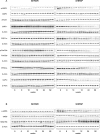
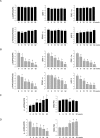

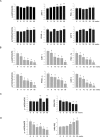
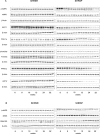
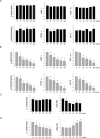
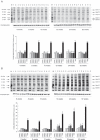
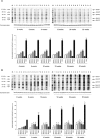
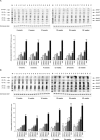




References
-
- Mattiasson G, Sullivan PG. The emerging functions of UCP2 in heath, disease, and therapeutics. Antioxid Redox Signal. 2006;8:1–38. - PubMed
-
- Moukdar F, Robidoux J, Lyght O, Pi J, Daniel KW, Collins S. Reduced antioxidant capacity and diet-induced atherosclerosis in uncoupling protein-2-deficient mice. J Lipid Res. 2009;50:59–70. - PubMed
-
- Tian XY, Wong WT, Xu A, Lu Y, Zhang Y, Wang L, Cheang WS, Wang Y, Yao X, Huang Y. Uncoupling protein-2 protects endothelial function in diet-induced obese mice. Circ Res. 2012;110:1211–1216. - PubMed
-
- Brand MD. Uncoupling to survive? The role of mitochondrial inefficiency in ageing. Exp Geront. 2000;35:811–820. - PubMed
Publication types
MeSH terms
Substances
LinkOut - more resources
Full Text Sources
Other Literature Sources
Medical

